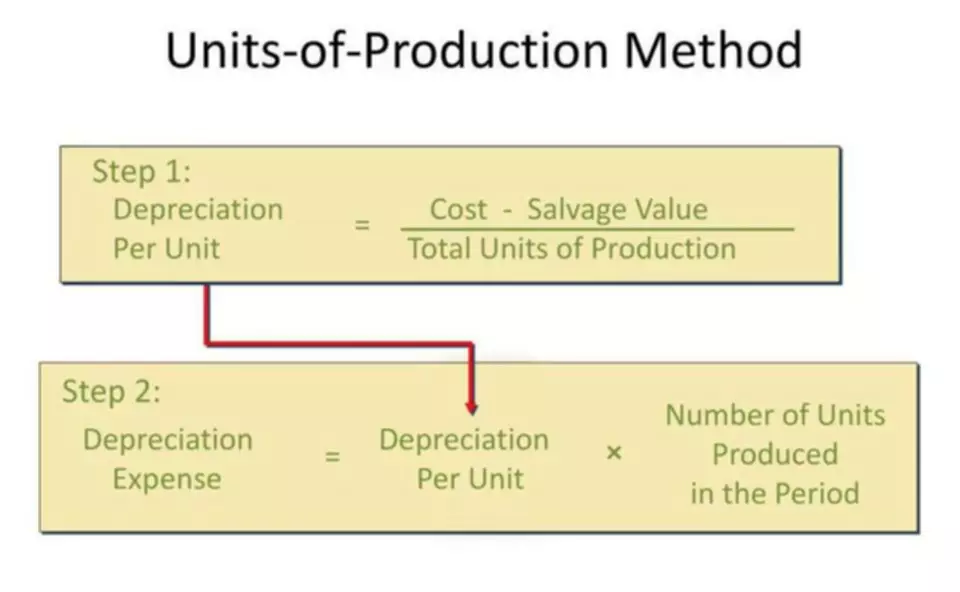Content

On the other side of the profit and loss account, costs need to be controlled as tightly as possible with variable converted to fixed whenever it is feasible. In other words, the cost of a product is not known with precision, even though accountants will compute the per unit cost to the nearest penny. Sometimes it’s hard to tell if a bigger package is really a better value when you’re shopping for items at a store.

The first-mile delivery cost can be reduced by lowering the distance between distribution centers and suppliers. On the other hand, by working with a professional 3PL or automating the fulfillment process, you can reduce the fulfillment cost. With this, you provide your customers with the products at the best prices while maintaining the competitiveness of the pricing. In simple words, variable costs are the expenses that can change based on the total output and the costs change frequently. Some examples are advertising fees, material costs, labor costs, utility bills, maintenance costs, shipping costs, costs of packaging, and more.
Unit Cost Calculation and Formula in Accounting
The average cost represents the standard cost incurred per unit of production. You can use professional inventor forecasting tools to ensure there is no overstock. And ensure that the process fulfillment is efficient and can offer a higher order accuracy.

So, let’s say each jar costs you $3 to produce, and you want to make $3 in profit. The unit cost is the amount of money it takes to produce one unit of an item. Mathematically, it is the total cost to produce a product divided by the number of units produced.
Why is cost per unit important?
Companies consider a variety of factors when determining the market offering price of a unit. Some companies may have a high amount of indirect costs which requires higher pricing to more broadly cover all of the company’s expenses. Enter the total number of units and the total cost into the calculator to determine the cost per unit.
What is cost per 1 unit?
What is cost per unit? Cost per unit refers to both the variable costs and fixed costs associated with producing and delivering a single unit of any product to an end consumer. Monitoring your cost of goods sold helps create context to set pricing and ensure profit is generated.
If it is not possible to export coverage dates, then the publisher’s KBART-formatted journal title list would have to be merged with either a COUNTER 4 JR1 or a COUNTER 5 Title Master report—or both. The downloads of the usage statistics are usually in a spreadsheet format that follows the standards of the COUNTER 4 or the more recent COUNTER 5 usage statistics protocol. Automated gathering of usage statistics through the SUSHI protocol is also available for use with many publishers.
What does cost per unit mean?
If your sales price is $10.00 with total product cost is $7.50 and a 10% discount, your variable costs won’t change much. It will still cost $7.50 to manufacture that product, but the sales price will drop to $9.00 after the discount. The margin will decrease from $2.50 https://www.bookstime.com/ to $1.50 per unit, or from 25% to 17%. After you reach your breakeven point, additional sales yield profit. The margin generated from the next 1,000 jars sold is profit, or net income. So, if you sell all 3,000 jars, you will make $3,000 in profit for the year.
- Of course for a company to be profitable, it must have sufficient sales revenues (quantity and prices) to cover both the product costs of the units sold and the other expenses of the accounting period.
- Also, you need to understand that some fixed costs change on an annual basis, as mentioned in the contract that increases your overall fixed costs.
- ShipBob also helps your online business with tracking distribution metrics and inventory management KPIs so you can easily make cost-conscious supply chain decisions.
- Examples of step costs are adding a new production facility or production equipment, adding a forklift, or adding a second or third shift.
- A higher gross profit margin indicates a company is earning more per dollar of revenue on each product sold.
- For example, Michael Arthur (2018) offers a case study from the University of Alabama (see table 1), in which resources are tallied by both price range and cost per use.
- Suppose an OEM equipment manufacturer produced a total of 25,000 parts and components in the fiscal year ending 2022.
The following example outlines the steps and information needed to calculate the cost per unit. This could be the cost per unit of a manufacturing plant to make a product or a store’s cost to purchase one unit of product for their shelves. One effective way to reduce material costs is by sourcing materials from cheaper suppliers. Consider comparing different options to find high-quality materials at a lower cost.
Cost Per Unit: Importance, Formula, and Example
The following formula is used to calculate the average price per unit of goods or services. Prevent excess materials by tracking inventory to avoid overproduction. It’s also important to properly train your employees to reduce product defects, and only order the necessary direct materials for production. how to calculate cost per unit Automation can reduce direct labor costs by performing repetitive and labor-intensive tasks normally saved for human workers. In the case of eCommerce businesses, reducing the cost per unit can be especially important since these companies often face stiff competition and tight margins.

They want to make sure they profit next month and use this data to price their product at $15 per unit. This way, as long as the variable costs stay somewhat predictable, Company X should be able to profit $5 per unit. In the final step of our exercise, the total cost of production is divided by the total quantity of units produced to arrive at an average cost of $24.00.
Reflects efficiency of your business
When fixed costs are high, you need more volume to break even, but your profits will be higher when you continue to increase that volume. If your business relies completely on variable costs, aside from discounts you may get from suppliers, your cost per unit will be the same whether you produce one unit each month or 10,000. Variable costs include any expenses that increase or decrease in proportion to how many units you are producing. Examples of these costs would normally include the materials you use to produce your items, labor put into those items and packaging. If you use rental vans to deliver items, this expense would also be a variable cost. Another way to look at variable costs is if you were to stop producing any products, then there should be no variable costs on your spreadsheet.
In turn, this can help you deliver orders to customers more affordably while keeping product prices competitive. At the early stage of your business, prioritize cost-saving whenever possible. It will take time to finalize decisions about recipe formulation, packaging, label, and distribution before the business generates income. Different problems with COUNTER usage reports that may also reside with the publisher were noted by Pastva et al. (2018), including missing and erroneous data. They also observed “inconsistent practices of individual providers,” but they did not provide specific examples.
In this example, we are looking at a manufacturing plant that made a certain number of product of a 1 month period. Our innovative tool allows you to easily prioritize delivery stops and manage multiple routes, saving you valuable time and fuel costs. Additionally, giving clear and accurate product descriptions, images, and specifications can help manage customer expectations and reduce the likelihood of returns. To put this into perspective, a baker might closely monitor flour usage and only order the amount needed for the following week’s production. One way to reduce these costs is by using Circuit for Teams to optimize delivery routes. In addition, accurate calculations can help you identify cost-reduction opportunities and improve efficiency for long-term success.
